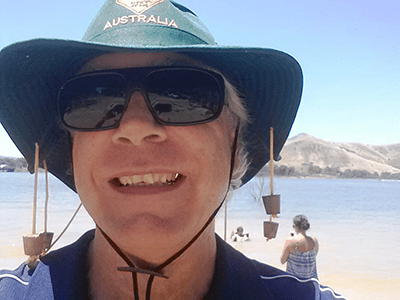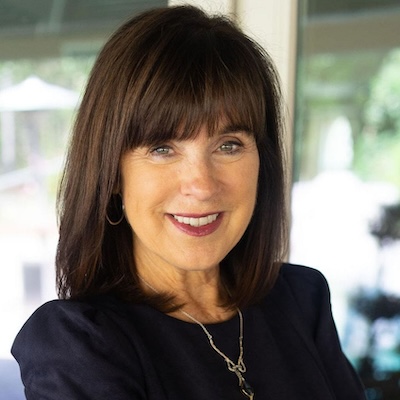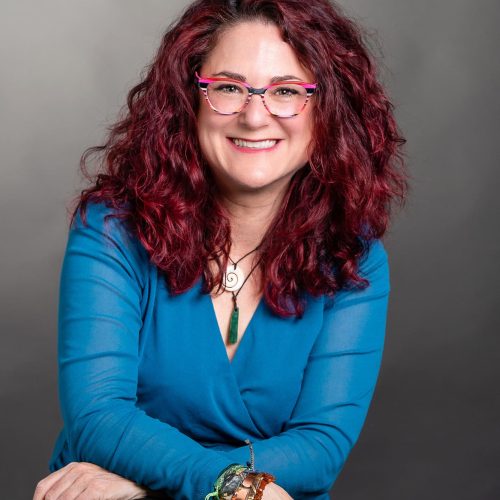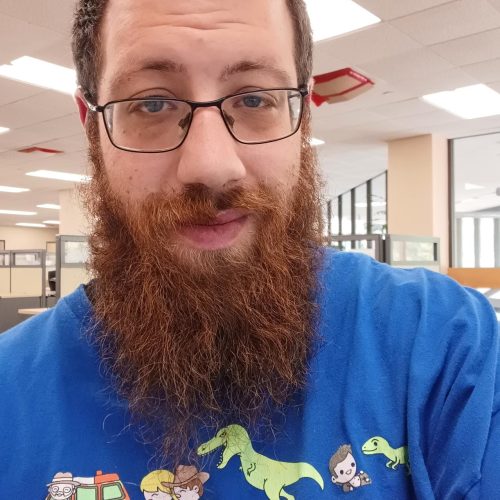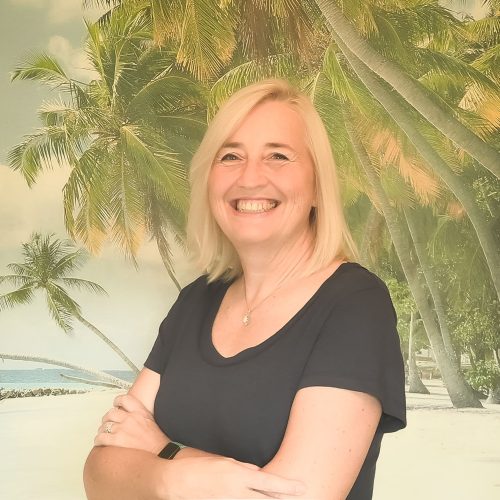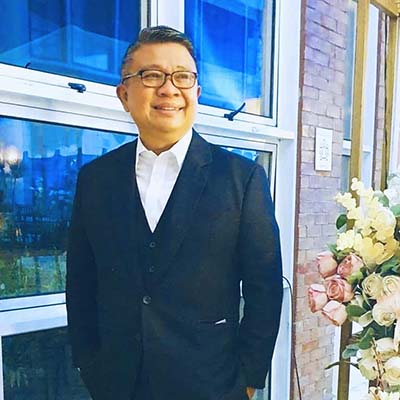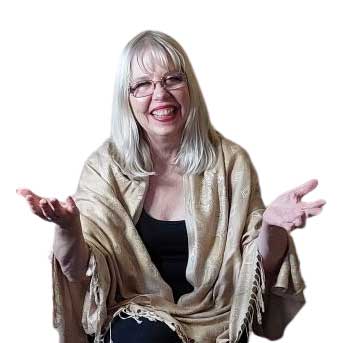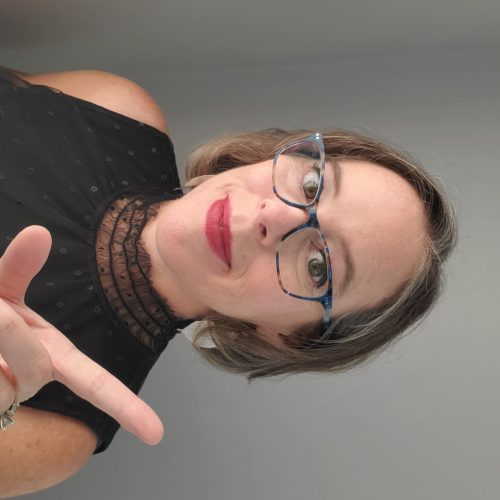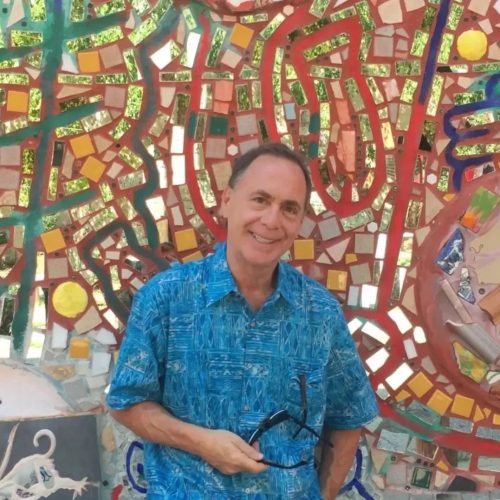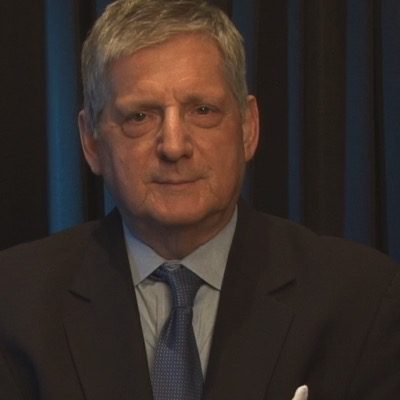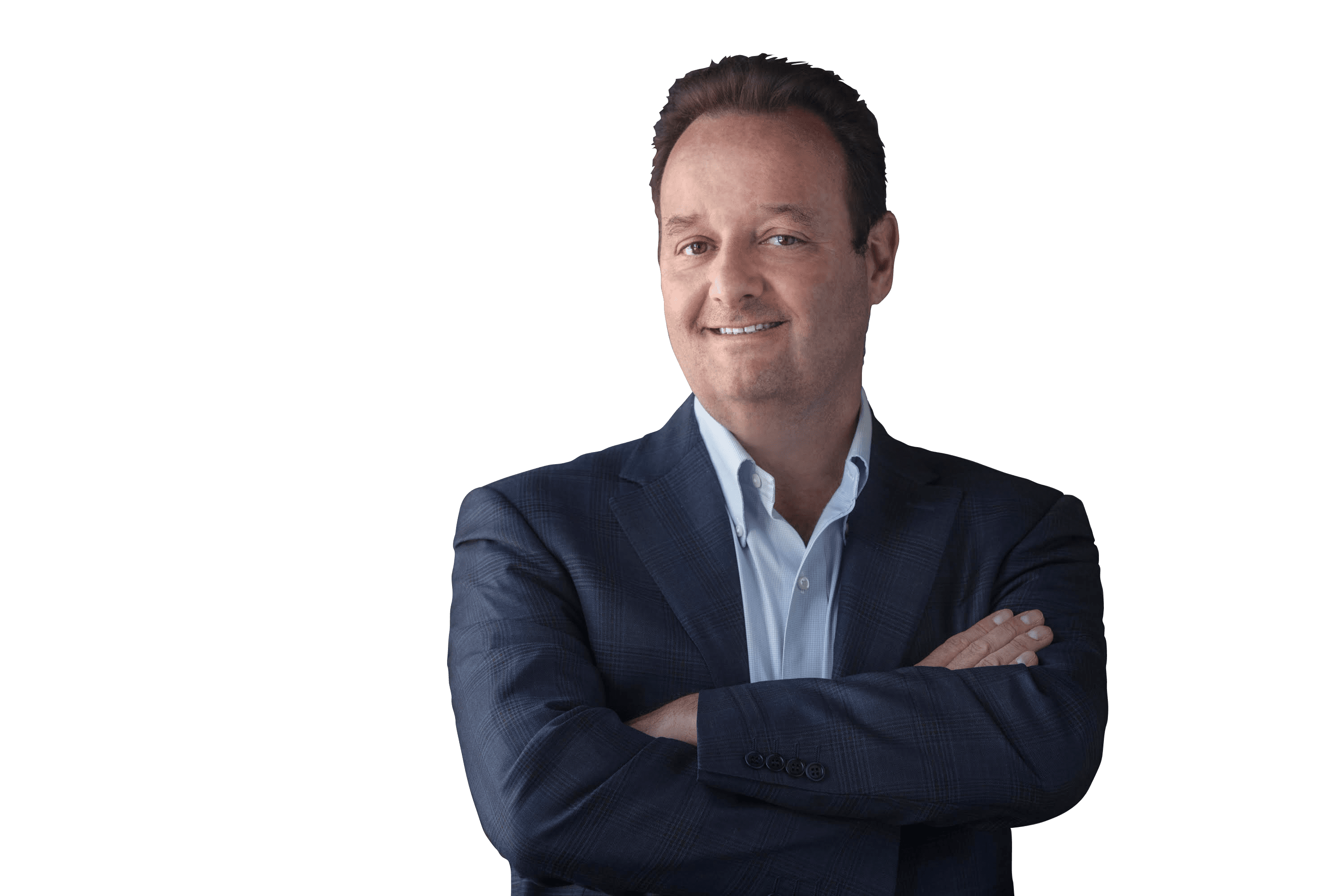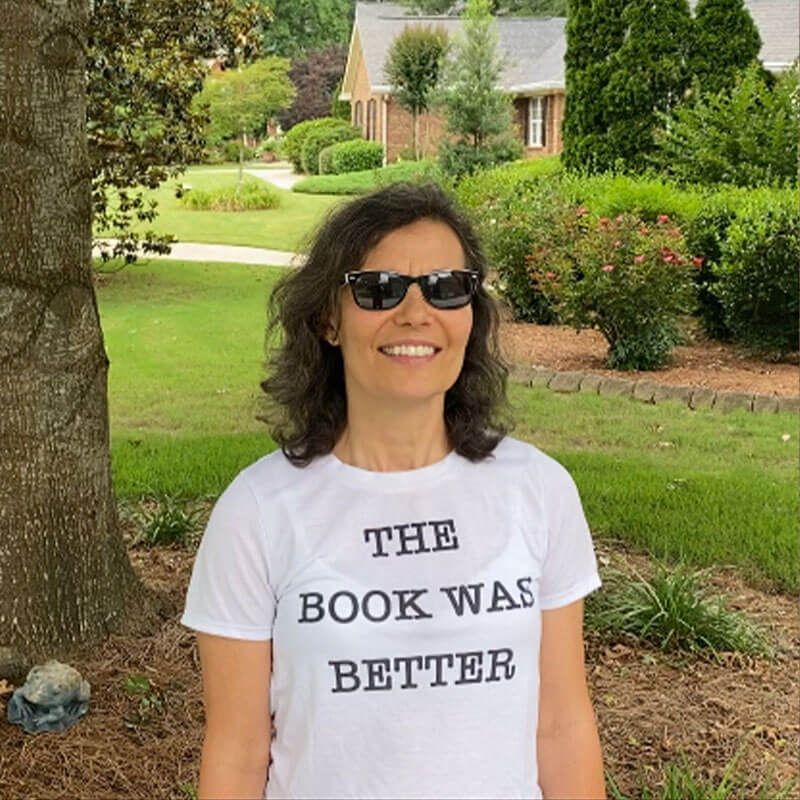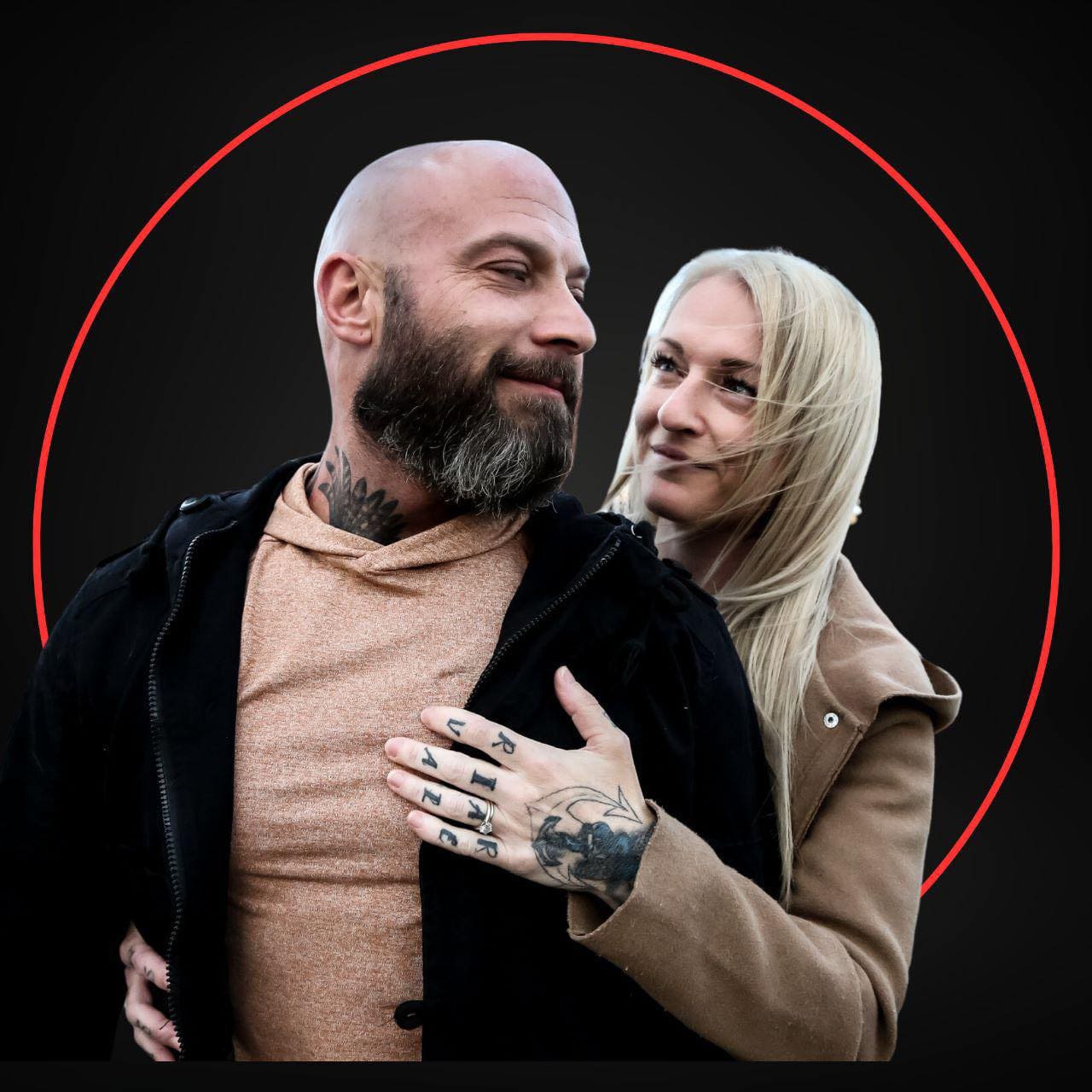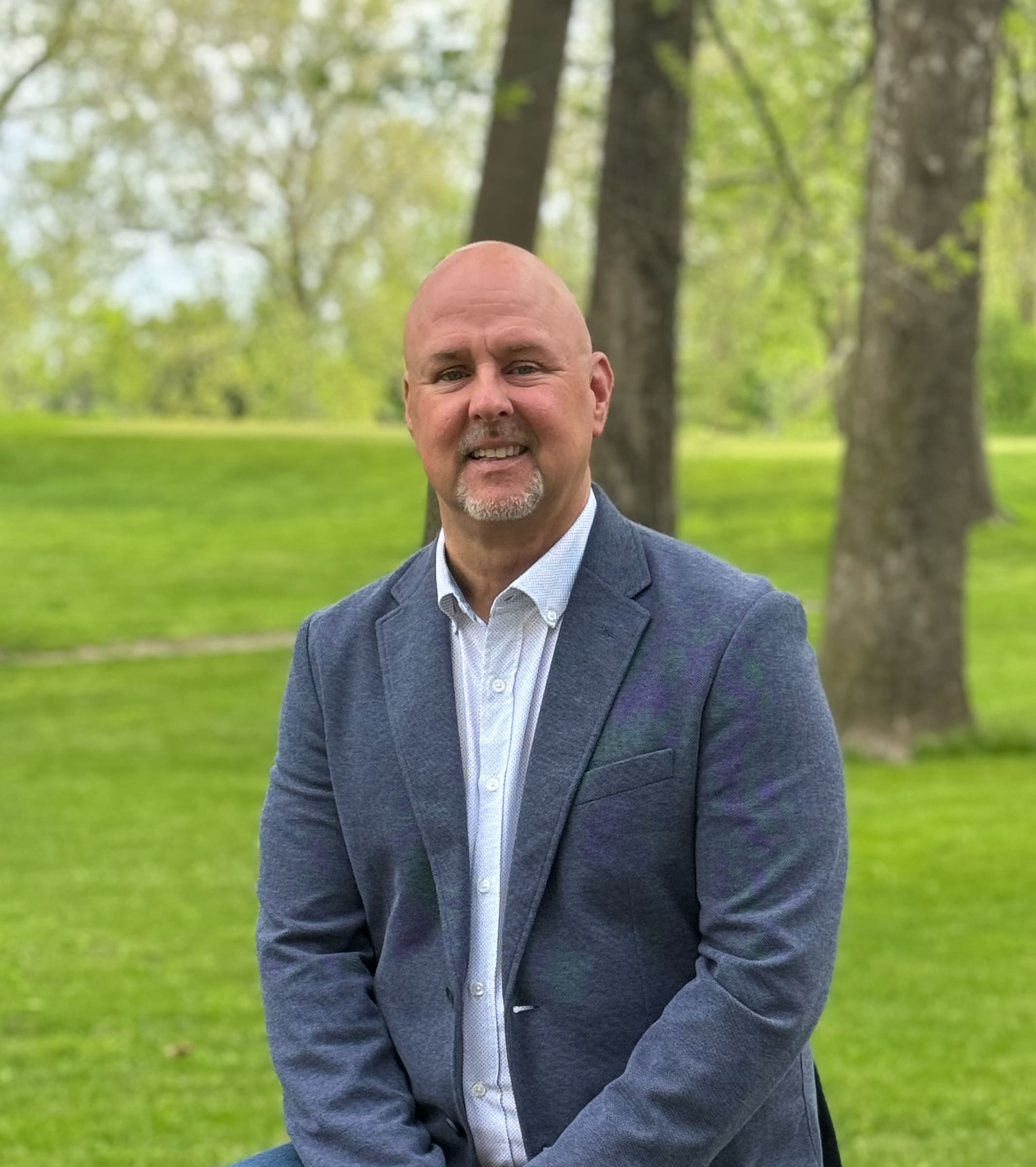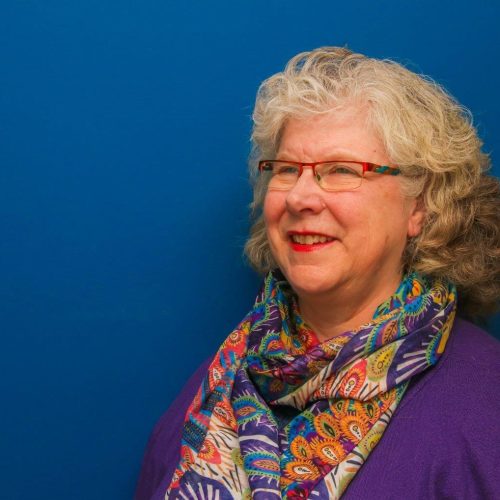The Bias Blind Spot: People Are Often Unaware of Their Own Biases
Have you ever been in a discussion with someone and realized that you would never change their mind because you cannot agree on the facts? We know that we have biases, but we assume, incorrectly, that we are aware of our biases and assume that they’re less susceptible to biases than others. All of us have a blind spot about our own biases, which can strongly influence us in a variety of domains, so it’s important to understand it.
One example of the bias blind spot is that, when we are asked to assess a social conflict, we often assume that our own interpretation of it is fair. However, we often assume that other people’s interpretations of it will be biased. We assume this even when we have a clearly biased because of liking the individual in the conflict.
In addition, the following are examples of other ways in which the bias blind spot can influence people:
It can cause us to assume that we are less likely to experience various biases than our peers or the general population.
It can cause us to be bad “bias detectors” for our own biases, even if we are good at detecting biases in others.
It can us to fail to realize that we have displayed a certain bias, even when we are given an explicit description of the bias and are asked whether it could have influenced our reasoning.
It can cause us to assume that our judgments and decisions are objective, even when we recognize biases in our judgment and decision-making process.
It can cause us to assume that our personal connection to a certain issue is a source of accuracy and enlightenment for us and for those who share their stance, but that the same connection leads to biases among people who have an opposing stance.
One study “People claim objectivity after knowingly using biased strategies” (Hansen et al., 2014) presents several examples that outline the potential dangers of the bias blind spot:
Consider a team of human resources officials who have a hiring process in which they see photographs of applicants before evaluating the merits of their applications. Each official might view that process as introducing a host of potential biases, but each might believe that they personally can overcome that bias (and benefit from being able to ‘attach a face’ to an application). This blindness may be especially likely to foster conflict between people who disagree after going through the same judgmental process. Each may not only be confident in his or her own objectivity but also quick to impute bias to the person who disagrees—and who was subject to a biased decision-making process.
Finally, the bias blind spot can extend to people’s view of other individuals sometimes. For example, the bias blind spot can cause people to underestimate the likelihood of biases in authority figures, which means, for instance, that people who have a positive view of police officers or financial advisors perceive them as being less biased than the general population.
People’s tendency to underestimate or be unaware of their own biases is attributed to three principal causes:
Naïve realism. This represents people’s tendency to assume that their perspective is entirely objective, meaning they can see things as they actually are.
The introspection illusion. This represents a self-other asymmetry, whereby people over-value mental contents, such as thoughts and feelings, at the expense of behavioral ones, when assessing their own preferences, motives, and actions, but not when assessing those of others.
Ego-related needs. These needs prompt people to engage in self-enhancement and ignore their biases in order to feel.
Originally Published on https://boomersnotsenior.blogspot.com/

